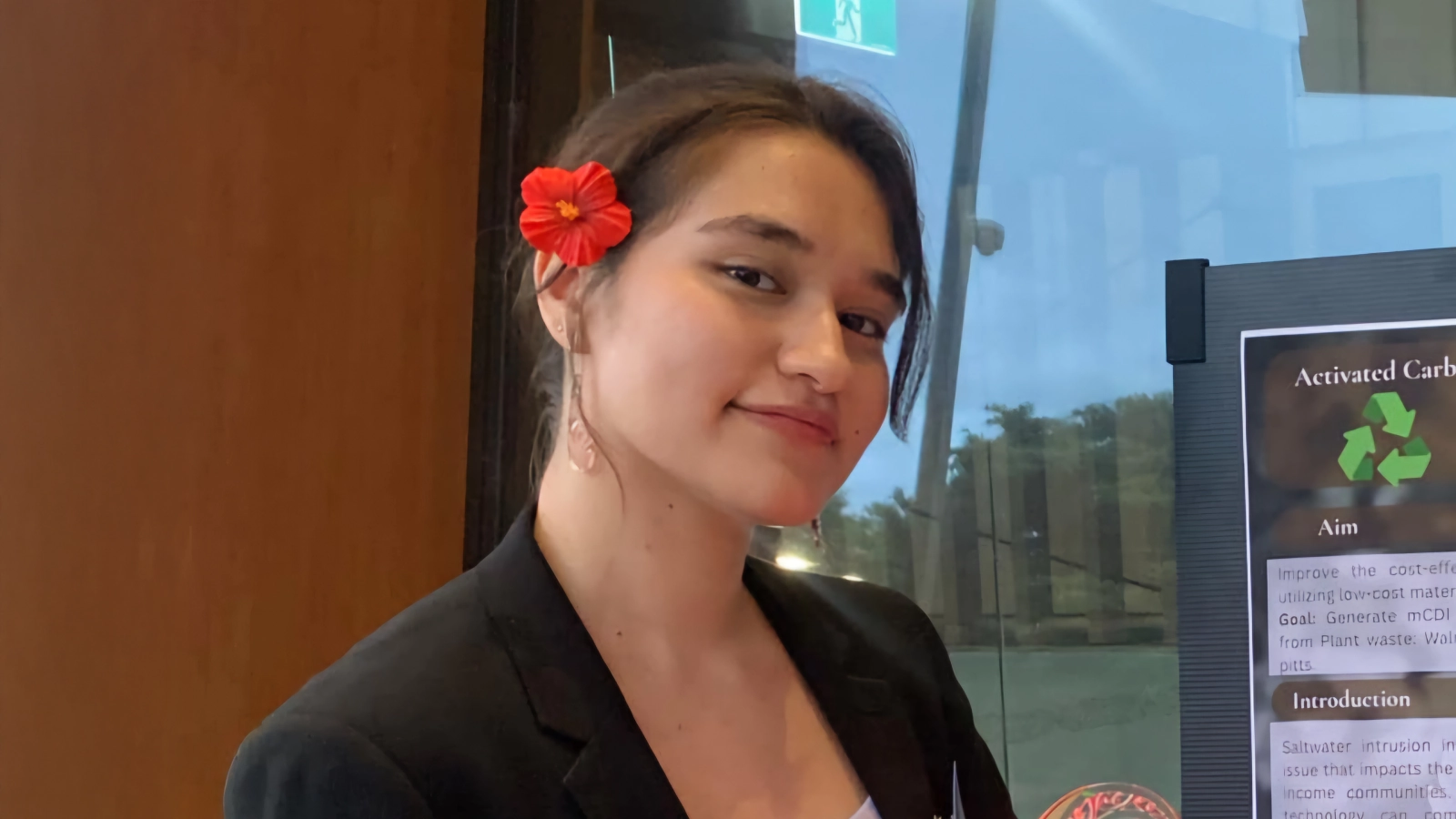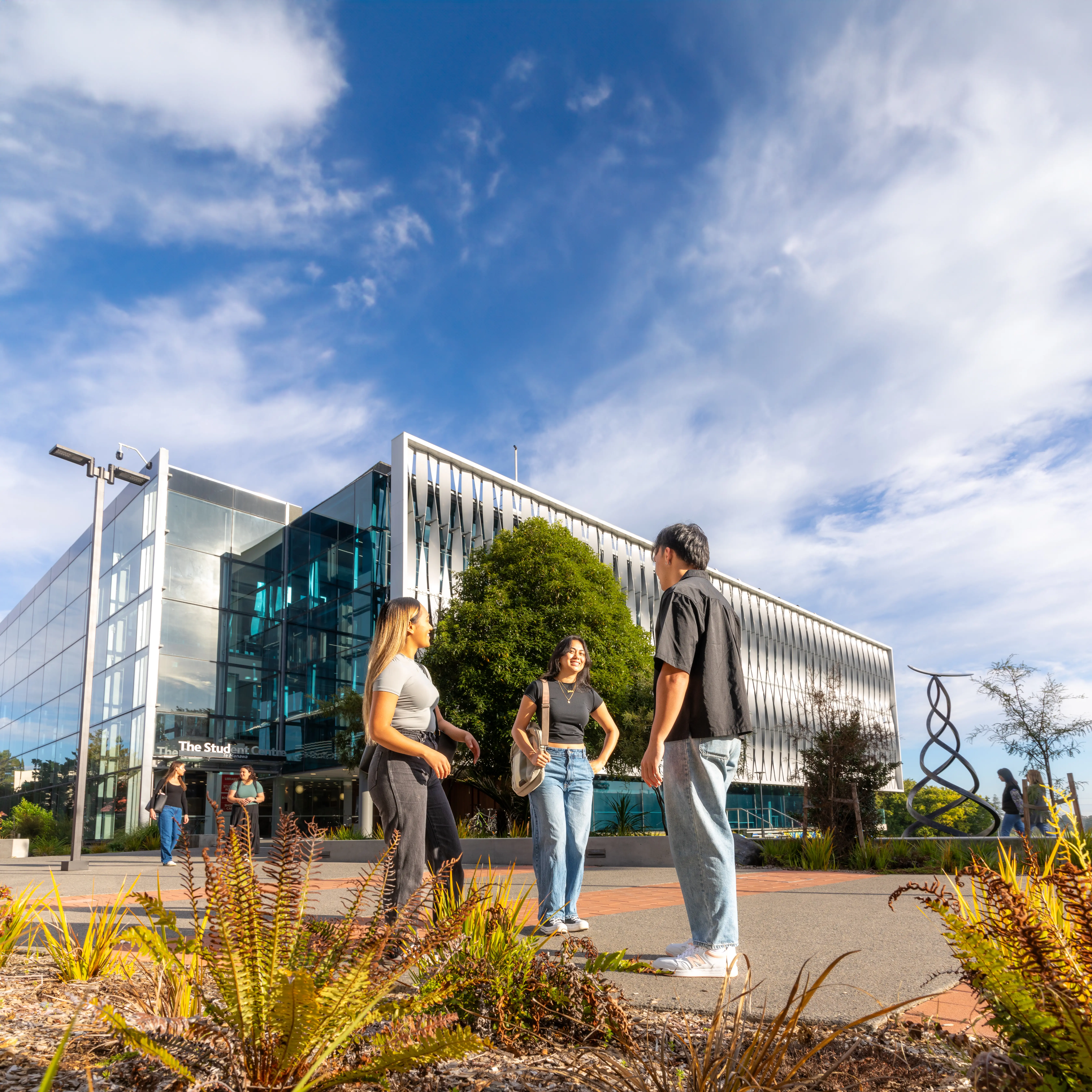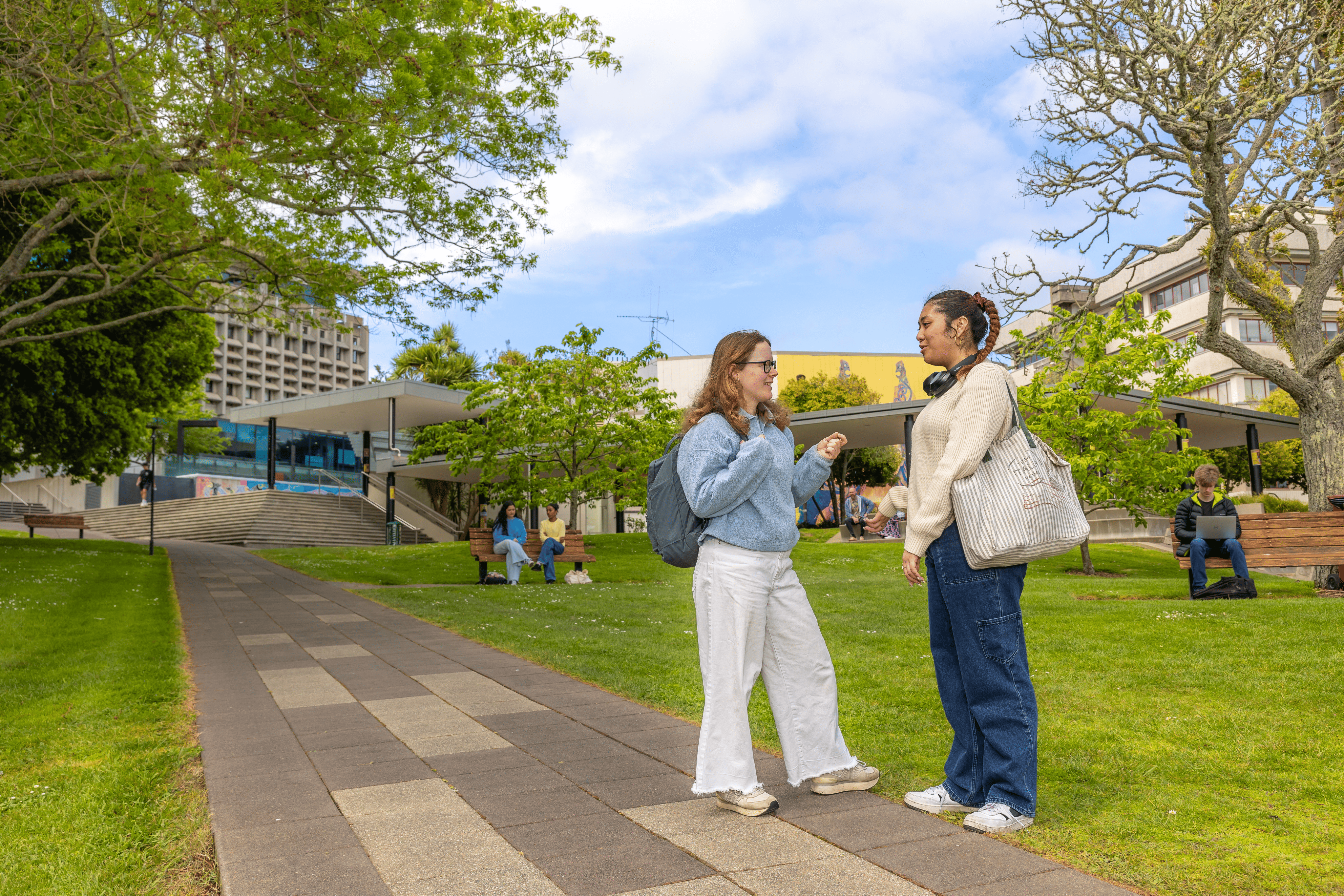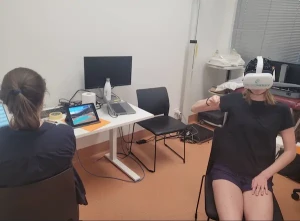Te Rā is the only remaining example of a traditional Māori sail. It was taken from Aotearoa in the late eighteenth century, where it has been a guest of the British Museum ever since.

Weaver and artist Dr Campbell is one of a team of researchers who’ve worked to reveal the secrets of Te Rā with a 2017 Marsden Grant. Dr Campbell has a long relationship with Te Rā, first meeting the artefact in 2014, in London. She wrote of the encounter in her doctoral thesis:
“I felt heaviness and sadness beside the thrill of at last seeing Te Rā. I sensed the taonga stored in these rooms and their mauri (life force energy) and thought of how lonely Te Rā and the many other treasures stored here must be, to be so far away from home.”
The homecoming of Te Rā is the culmination of years of relationship building with the Museum.
For many years Dr Campbell, Dr CatherineSmith, and Ms Ranui Ngarimu (ONZM) have worked to identify the materials and construction methods used.
The four-and-a-half metre-long sail is made up of thirteen finely woven harakeke panels. Dr Campbell said samples were able to confirm the materials.
“The top edge and ‘streamer’ are fringed with kahu and kereru feathers. Some loops still have kaka feathers attached, and two have small remnants of Kurī (dog) hair.”
Dr Campbell reverse-engineered the weaving techniques. The joins use a triple weave construction method rarely seen today, called hiki or hono. The hiki is not interrupted by the zig zag patterning up the sail.
In consultation with te reo Māori linguists these features were named ‘awamatangi’ – pathways of the wind. She said the genius of the mātauranga is evident in these joins.
“The awamatangi are a remarkable and complex technical feature that would have allowed the wind to blow through the sail without it breaking. Our next research focus will be to examine the functionality of the sail in depth, with the aim to engineer sails for testing on waka.”
Currently, the kairangahau are completing the final mahi for their Marsden-funded study. The end output is a book on Te Rā with detailed accounts of the construction methods.
“We hope with the exhibitions and publication of the pukapuka that other sails may be discovered. There is the possibility that ancient sails are sitting in museum storerooms, yet to be identified,” says Dr Campbell.
After being housed at Christchurch Art Gallery, Te Rā has arrived in Tamaki Makaurau at Auckland War Memorial Museum.
The research journey can be viewed in a series of videos and blogs at Whakaarahia anō te rā kaihau! Raise up again the billowing sail!



